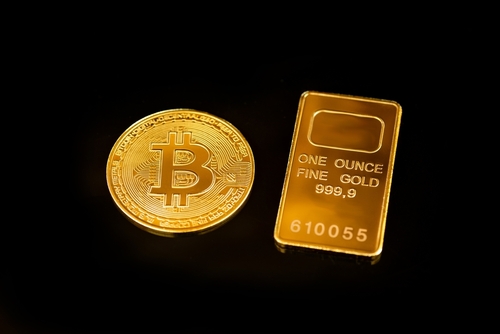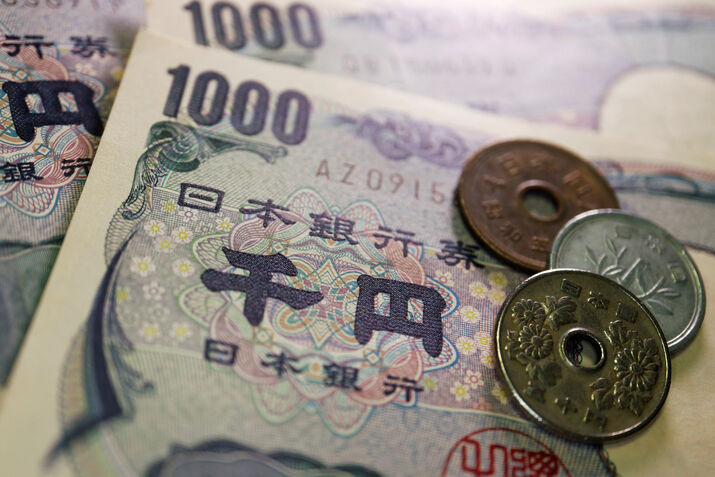India’s booming economy fails to lift its weakening rupe

India’s currency looks set to trade in a narrow range over the next few months. That’s because the country’s central bank is back to its old ways of stepping in to control things, according to a fresh survey of currency experts.
Reuters polled 37 foreign exchange analysts between November 3 and 6. Their view? Don’t expect much movement in how the rupee trades against the dollar. The Reserve Bank of India has clearly gone back to doing what it does best — jumping into the market whenever things get too choppy.
The rupee’s down about 3.4 percent so far this year. That makes it one of the weaker currencies across Asia as reported by Cryptopolitan. Earlier on, the currency was sliding and moving around a lot more even as the dollar got weaker. Some people watching the markets thought maybe the RBI was finally loosening its grip.
Turns out, not so much. Recent trading patterns and fresh dollar sales by the RBI through state banks show the central bank’s back to its usual playbook – keeping things under tight control.
Anil Bhansali runs the treasury desk at Finrex Treasury Advisors. He’s not shy about questioning the approach. “I don’t know why the RBI does this shorting business and keeps the market under control. Let it be open; let things go as per the market’s requirement,” he said. His point? What’s the logic in holding the rupee at some level and then forcing it back down?
Here’s what the numbers show. In September, net short dollar forward positions shot up by about $6 billion to hit $59.4 billion. That’s the first time they went up in six months as the rupee came under pressure again. Before that, the RBI had been cutting its forward commitments from a peak near $89 billion in February down to roughly $53 billion by August. This September jump tells you the central bank’s still very active in both the forward and offshore Non-Deliverable Forward markets.
No official target, but plenty of action
The RBI says it doesn’t target any specific exchange rate. But its constant moves to cap both gains and losses have happened right as the currency’s three-month implied volatility fell to around 3.4 percent. That’s nearly half what it was at the peak in May.
Madhavankutty G is chief economist at Canara Bank. He explains “the RBI doesn’t like volatility, on either side. They’ve made it clear excessive appreciation could hurt exporters’ margins … so they’ll try to smooth movements both ways.”
India’s still sitting on huge foreign exchange reserves. Those act as a safety net. RBI data shows the reserves fell $6.92 billion to $695.36 billion as of October 24.
The latest pushback seems aimed at countering growing bearish bets on the rupee. But analysts warn that if the heavy intervention continues, it might actually scare away longer-term foreign money.
Investors staying away despite growth
Bhansali at Finrex puts it bluntly. “Things will only improve when foreign investors start believing in the India story, which they are still not believing despite the fact we have a great GDP number.”
And that GDP number is actually pretty impressive. Asia’s third-largest economy grew a strong 7.8 percent between April and June. Problem is, economists are skeptical that pace will last.
The bigger issue? Foreign investors have yanked around $17 billion out of equities and nearly $1 billion from debt under the voluntary retention route this year. That’s a program specifically meant to pull in long-term overseas cash into the bond market.
The poll’s forecasts aren’t exactly exciting. The rupee’s expected to gain just 0.4 percent from where it is now, reaching $88.25 per by end-January. It’s then forecast at 88.08 by end-April and 88.50 in a year’s time.
FX analysts have usually been bullish on the rupee across all time horizons. But regional currency pressures continue to weigh, especially with the dollar staying strong globally.
If you're reading this, you’re already ahead. Stay there with our newsletter.







